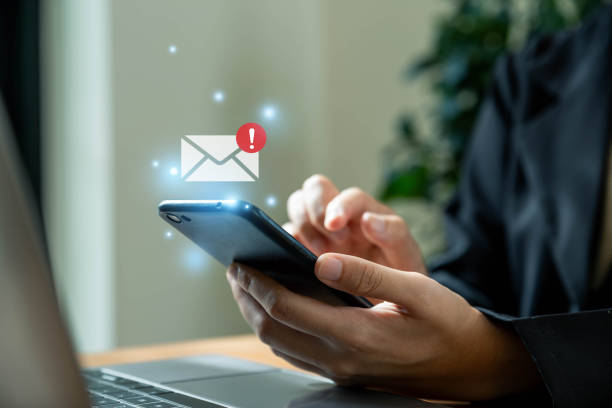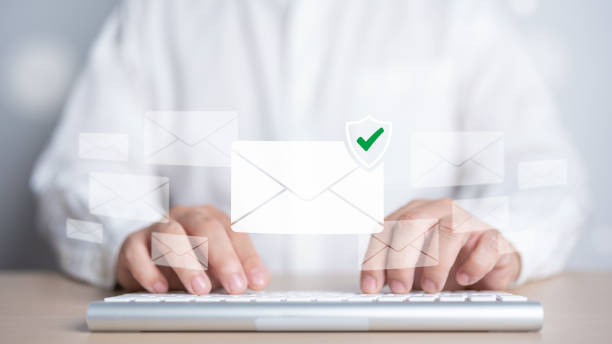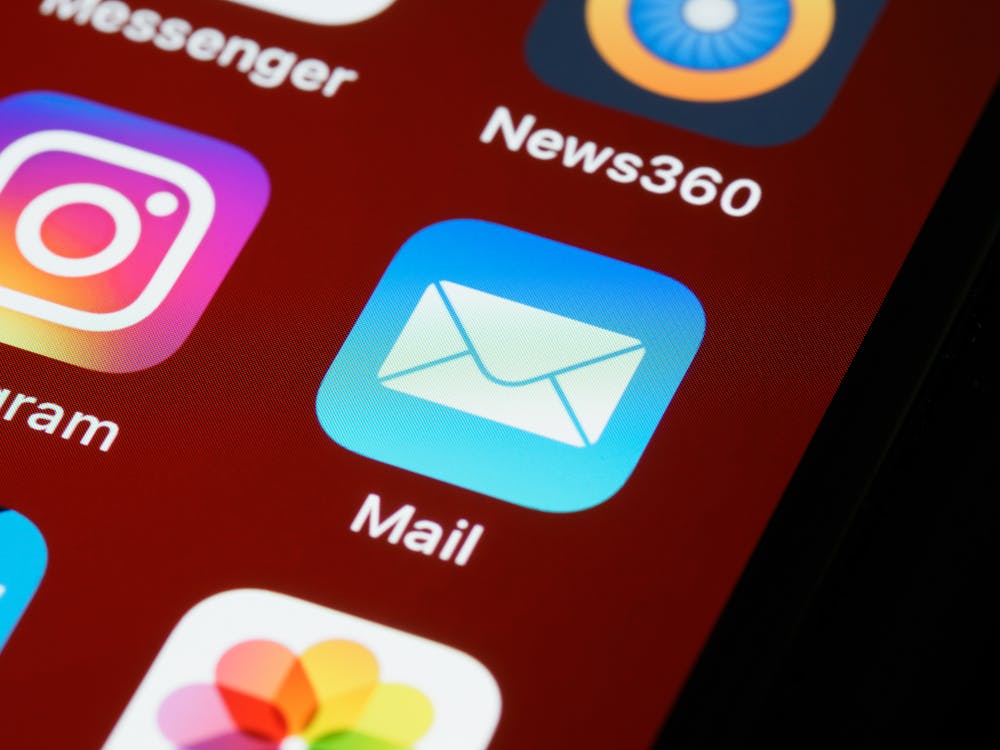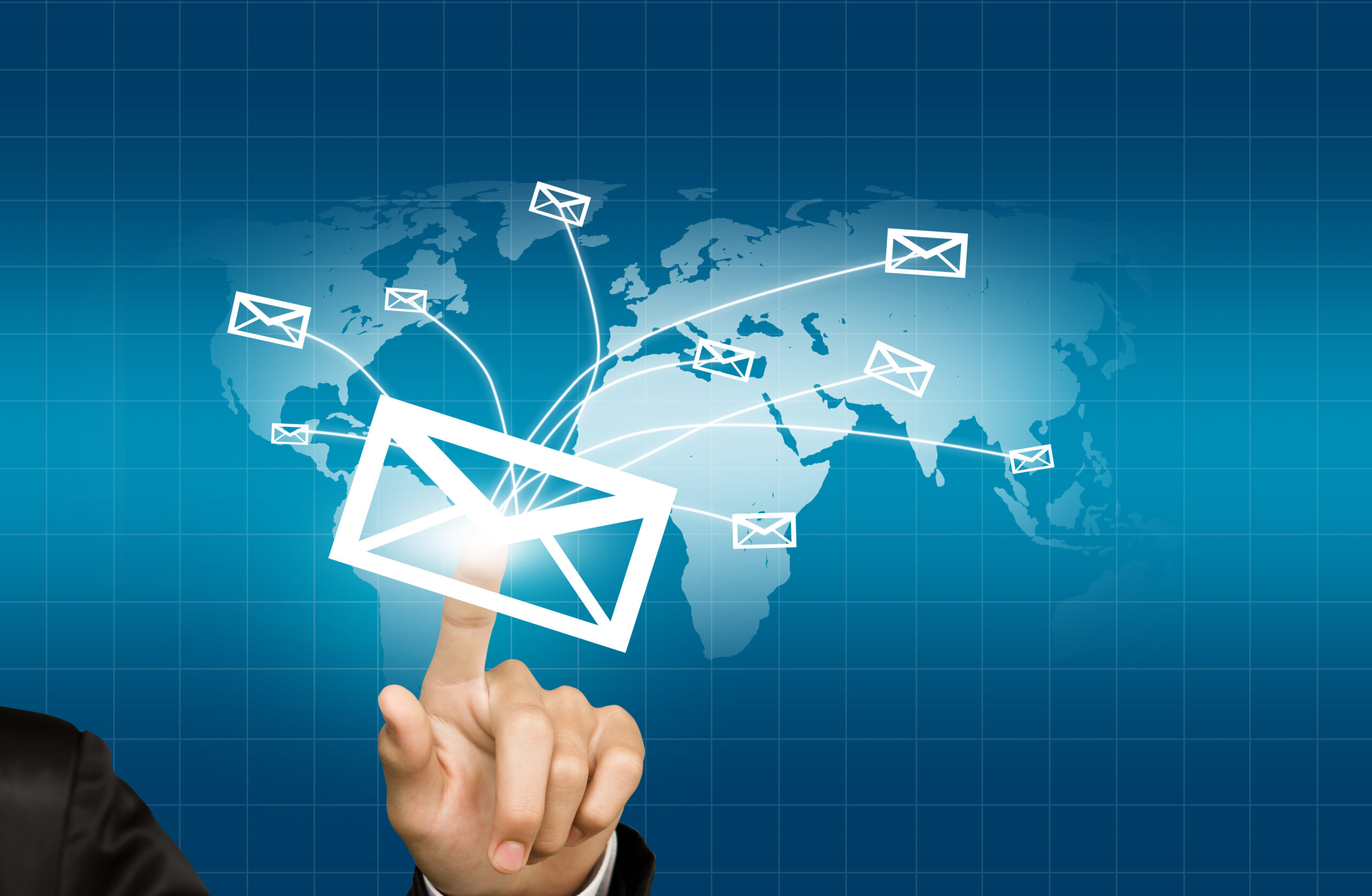In today’s digital landscape, businesses strive to connect with their audiences in a meaningful way. One of the most powerful tools at their disposal is Email Marketing. But with overflowing inboxes, how do you make sure your message stands out? So, the answer lies in Email Personalization. So, this technique is not just a trend; it’s a game-changer that can revolutionize how online business owners and digital marketers engage with their audience.
Introduction to Email Personalization
Email Personalization is more than just addressing the recipient by their first name. Also, it is about creating a tailor-made experience that resonates with the individual’s needs, preferences, and behaviors. Imagine receiving an email that feels as though it was crafted specifically for you. That is the magic of personalization in Email Marketing.
The Importance of Personalization in Email Marketing
In an era where consumers are bombarded with generic messages, personalized emails cut through the noise. Additionally, Email Marketing campaigns that incorporate personalization tend to perform better, yielding higher open rates, click-through rates, and ultimately, conversions. So, by making your emails more relevant to each subscriber, you build stronger relationships, foster loyalty, and drive long-term success.
How Email Personalization Increases Engagement
So, why does personalization work? It taps into the psychology of the consumer. Also, people naturally respond to messages that acknowledge their uniqueness. When an email speaks directly to their interests and needs, it feels less like marketing and more like a conversation. This personal touch increases engagement, making subscribers more likely to take action, whether it’s making a purchase, signing up for a webinar, or simply sharing the content.

Types of Email Personalization Techniques
There are several ways to personalize emails. So, here are some of the most effective techniques:
- Name Personalization: Addressing the recipient by their first name.
- Behavioral Targeting: Sending emails based on past actions (e.g., abandoned cart emails).
- Dynamic Content: Also, tailoring different sections of the email based on the recipient’s preferences or past interactions.
- Product Recommendations: Suggesting products or services based on previous purchases.
- Personalized Offers: Offering discounts or promotions that are specifically relevant to the recipient.
Each technique can be used individually or combined for a more comprehensive approach.
Understanding Your Audience
Personalization starts with understanding who your audience is. Also, without this knowledge, your efforts may fall flat. Consider the following when getting to know your subscribers:
- Demographics: Age, gender, location, etc.
- Interests and Preferences: What topics or products are they most interested in?
- Purchase History: What have they bought before, and what might they be interested in next?
- Behavioral Data: How do they interact with your emails and website?
The better you know your audience, the more effectively you can personalize your emails.
Data Collection and Segmentation
Data is the backbone of email personalization. Also, collecting the right data and segmenting your audience allows you to deliver the right message to the right person at the right time. Here’s how to approach it:
- Data Collection: Use sign-up forms, surveys, and tracking tools to gather information about your subscribers.
- Segmentation: Also, divide your audience into smaller groups based on shared characteristics or behaviors.
Segmentation allows you to send more targeted and relevant emails, increasing the likelihood of engagement.
Crafting Personalized Content
Once you have your data and segments in place, the next step is crafting content that speaks directly to each segment. Consider the following tips:
- Use Personalized Subject Lines: So, grab attention right away with a subject line that feels personal.
- Tailor the Email Body: Also, ensure the content reflects the recipient’s interests, past behaviors, or location.
- Incorporate Dynamic Content: Also, use tools that allow you to display different content to different segments within the same email.
Remember, the goal is to make the recipient feel like the email was designed specifically for them.
Tools and Software for Email Personalization
Also, several tools and software solutions can help automate and enhance your email personalization efforts. So, some popular options include:
- Mailchimp: Offers powerful segmentation and personalization features.
- HubSpot: Provides advanced personalization tools integrated with CRM data.
- ActiveCampaign: Allows for dynamic content and behavioral targeting.
- Klaviyo: Specializes in eCommerce personalization.
These tools can help you scale your efforts and ensure consistency across your campaigns.

Common Challenges and How to Overcome Them
While email personalization offers many benefits, it is not without challenges. So, some common issues include:
- Data Privacy Concerns: Ensure compliance with regulations like GDPR and respect subscriber privacy.
- Data Management: Maintaining accurate and up-to-date data can be challenging.
- Resource Intensity: Personalization can require significant time and resources.
Additionally, overcoming these challenges involves investing in the right tools, staying informed about regulations, and continuously refining your strategies.
Measuring the Success of Your Personalized Campaigns
How do you know if your personalization efforts are paying off? So, here are some key metrics to track:
- Open Rates: Are your personalized subject lines leading to higher open rates?
- Click-Through Rates (CTR): Are recipients engaging with the personalized content?
- Conversion Rates: Are personalized emails driving the desired actions, such as purchases or sign-ups?
- Revenue: Is there a noticeable increase in sales or revenue from personalized campaigns?
By monitoring these metrics, you can assess the effectiveness of your strategies and make data-driven adjustments as needed.
Future Trends in Email Personalization
As technology evolves, so too does the potential for email personalization. So, some future trends to watch include:
- AI and Machine Learning: Using AI to predict and personalize content even more accurately.
- Advanced Behavioral Targeting: More sophisticated ways to track and respond to user behavior in real-time.
- Hyper-Personalization: Going beyond basic personalization to create truly individualized experiences.
Staying ahead of these trends will keep your email marketing strategies competitive and effective.
Best Practices for Email Personalization
To maximize the impact of your personalized emails, follow these best practices:
- Keep It Relevant: Ensure that all personalized content is genuinely relevant to the recipient.
- Test and Optimize: Continuously test different personalization techniques to see what works best.
- Respect Privacy: Be transparent about data usage and always respect your subscribers’ privacy.
- Automate Where Possible: Use automation tools to streamline your efforts without sacrificing quality.
Also, these practices will help you create successful, personalized email campaigns that resonate with your audience.

Conclusion: The Power of Personalization
In the crowded world of Email Marketing, personalization is your key to standing out. By understanding your audience, leveraging data, and using the right tools, you can create emails that not only capture attention but also drive meaningful engagement and conversions. Additionally, the power of email personalization is undeniable, and with the right approach, it can transform your marketing efforts and strengthen your connection with your audience.
FAQs
- What is email personalization?
Email personalization involves tailoring email content to individual recipients based on their preferences, behaviors, and other data. - How does email personalization improve engagement?
Personalized emails are more relevant to the recipient, making them more likely to open, read, and act on the message. - What tools can I use for email personalization?
Popular tools include Mailchimp, HubSpot, ActiveCampaign, and Klaviyo, which offer features like segmentation, dynamic content, and behavioral targeting. - Is email personalization difficult to implement?
While it requires effort and resources, especially in data collection and management, the right tools and strategies can simplify the process. - What are some common challenges in email personalization?
Challenges include data privacy concerns, managing large amounts of data, and the resource intensity of creating personalized content.









[…] Variations by Channel: Clear examples of tone adjustments across platforms like social media, emails, or blog […]